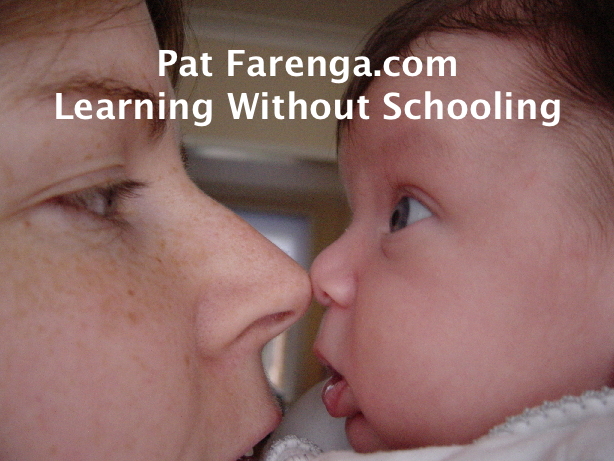Innovative Instruments: The Vegetable Orchestra
 Thursday, July 22, 2010 at 11:22AM
Thursday, July 22, 2010 at 11:22AM Years ago in the John Holt Book and Music Store we sold a video about how kids can make homemade instruments using everyday items from around the house. One was a recorder made from a cucumber, something we tried at home with our girls to mixed results. I know that the skills and thinking it takes to make a musical instrument from an object not normally associated with music are certainly "educational" and fun, but I never thought of them as being socially important too, until I was introduced to The Vegetable Orchestra.
Not only do they create unique soundscapes from fresh vegetables (as you can see in the video below), they create a social bond, a musical group, and a unique awareness of the value and utility of food. Founded in 1998 and based in Vienna, Austria, The Vegetable Orchestra creates new sounds and instruments from their daily trips to the market. The group writes in their FAQ:
What do you do with the vegetables when you're done with them?
Part of the vegetables which are left over after preparing the instruments go into the vegetable soup which is served to the audience after the concert.
Part of the instruments and other remaining vegetables we give to the audience after the concert and another part goes into the organic waste.
This is, to me, a great example of thinking outside the box that we see children do naturally, such as pretending a piece of celery is a flute, and that adults, when they put their minds to it is as these folks do, can take to a whole new level of fun and exploration. Homeschoolers have probably encountered impromptu vegetable concerts, accompanied by pots and pans percussion, in their homes already, but here's a more organized way to approach the music. Perhaps cash-strapped school districts can form their own Vegetable Orchestras, combining nutritional, agricultural and musical studies into an interdisciplinary stew?
 Pat |
Pat |  2 Comments |
2 Comments |  music,
music,  vegetable orchestra in
vegetable orchestra in  Homeschooling,
Homeschooling,  Unschooling
Unschooling 
